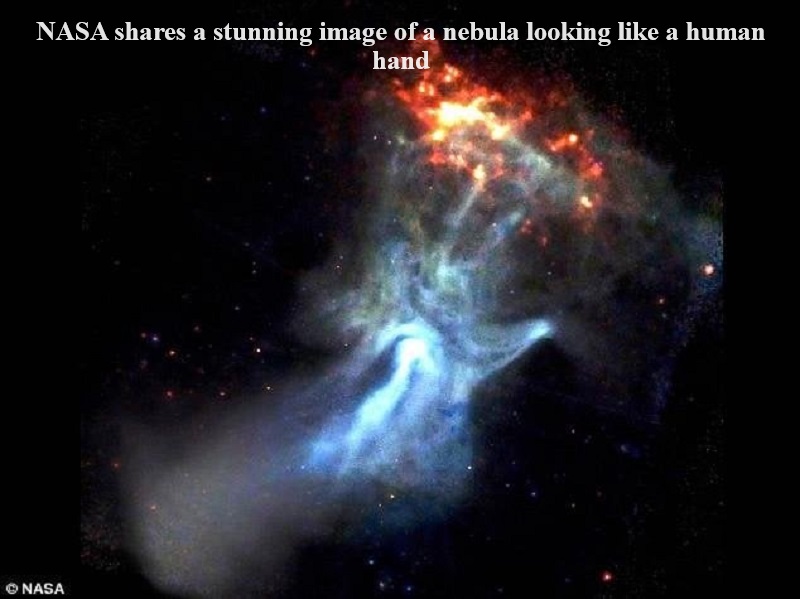
A striking image of a nebula shaped like a human hand was previously shared by NASA, showcasing a remnant of energy and particles driven by a pulsar created after a star’s explosion.
NASA’s Chandra X-ray Observatory posted the image on Instagram with a caption that explained, “This famous hand-shaped structure is a nebula of energy & particles blown by a pulsar left behind after a star exploded.” The post also noted the rapid movement of the blast wave from the explosion, which traveled at nearly 9 million miles (14 million kilometers) per hour over 14 years, as observed in NASA Chandra data.
Astronomers have now used two of NASA’s X-ray space telescopes, combining their imaging capabilities to unveil the magnetic field “skeleton” of the hand-shaped nebula.
According to NASA, the latest X-ray telescope, the Imaging X-ray Polarimetry Explorer (IXPE), observed MSH 15-52 for approximately 17 days. Roger Romani of Stanford University in California, who led the study, explained, “The IXPE data gives us the first map of the magnetic field in the ‘hand.’ The charged particles producing the X-rays travel along the magnetic field, determining the basic shape of the nebula, like the bones in a person’s hand.”
NASA’s report noted that the magnetic field of the X-ray source governs the electric field direction of X-rays, referred to as X-ray polarization. In many parts of MSH 15-52, the degree of polarization is exceptionally high, exceeding the maximum level anticipated by theoretical models. This intensity indicates the presence of a highly consistent and straight magnetic field, suggesting minimal turbulence in those areas of the pulsar wind nebula.
Josephine Wong, another co-author from Stanford, stated, “We’re all familiar with X-rays as a diagnostic medical tool for humans. Here we’re using X-rays in a different way, but they are again revealing information that is otherwise hidden from us.”
Notably, one intriguing feature of MSH 15-52 is a bright X-ray jet extending from the pulsar to the “wrist” at the lower part of the image. According to NASA, “The new IXPE data reveal that the polarization at the start of the jet is low, likely because this is a turbulent region with complex, tangled magnetic fields associated with the generation of high-energy particles.” As the jet progresses towards the end, the magnetic field lines appear to straighten and become more uniform, causing the polarization to increase significantly.
NASA suggested that these findings indicate that particles receive an energy boost in regions with complex turbulence near the pulsar at the palm’s base and then move towards areas where the magnetic field is uniform along the wrist, fingers, and thumb.

Post Your Comments